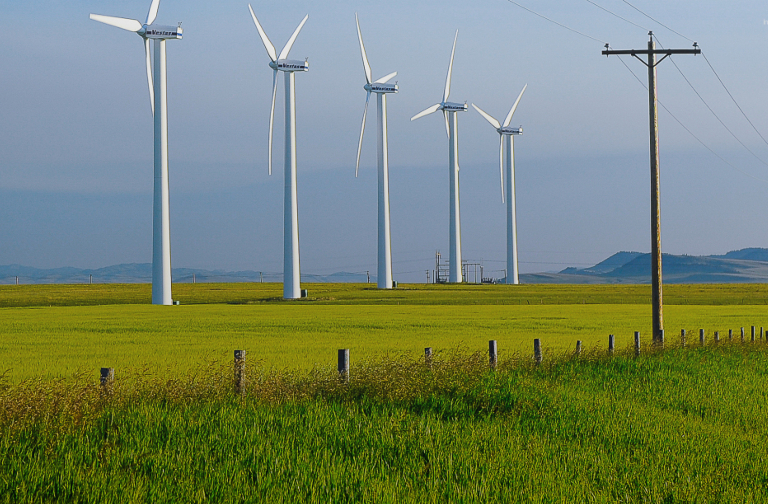Ed. note: Post Carbon Fellow David Hughes has just published the new report Canada’s Energy Outlook, which can be accessed here.
There is no denying the utility of fossil fuels, which meet 85% of the world’s energy needs. And consumption is rising along with emissions. Even in Canada, the second largest hydropower producer in the world, 76% of end use energy is provided by fossil fuels.
We are told by the federal government that increasing oil and gas production and meeting emissions reduction targets are mutually compatible goals. Alberta has crafted a ‘climate leadership plan’ that allows oil sands emissions to grow by 40% and places no restrictions on oil and gas production outside of the oil sands. A phase out of remaining coal plants, most of which were already due to be decommissioned under the former Harper government’s legislation, and a modest carbon tax, were also included.
Even with Alberta’s oil sands cap in place, National Energy Board (NEB) projections for oil and gas production growth show that upstream emissions will increase greatly, to the point that a 49% reduction in emissions from the rest of Canada’s economy would be required to meet our Paris targets.
Notwithstanding the difficulty in making such radical reductions outside of the petroleum sector in a short timeframe, the federal and Alberta governments assert that if the Trans Mountain pipeline expansion (TMX) is not built, even Alberta’s extremely modest ‘climate leadership plan’ may be cancelled.
Rachel Notley and Justin Trudeau have invested a lot of political capital in TMX but are ignoring the bigger picture. Even if oil and gas production is allowed to grow per the NEB’s projections, there are two other export pipelines likely to be built that are not mentioned in the heated TMX debate.
Line 3 and Keystone XL, without TMX, would provide sufficient pipeline export capacity for foreseeable production growth under the oil sands emissions cap, and access world prices on the Gulf Coast.
The oft-repeated ‘Canada has only one market’ rhetoric ignores the fact that oil is a globally priced commodity, that the US Gulf Coast has the world’s largest concentration of coking refineries able to optimally refine Canadian heavy oil, and that there is likely a price discount, not a premium, from exporting to Asia, given transportation costs.
But building any of these pipelines ignores the fact that upstream oil and gas emissions under Alberta’s plan, given NEB projections, will account for more than three quarters (76%) of Canada’s emissions by 2040 and 100% by 2050 – if emissions reduction targets are to be met.
Some environmental groups assert that it will be relatively easy to swap out fossil fuels for renewable energy – wind, solar, biomass, biofuels and geothermal energy. That is unlikely given the scale of such a transition. Renewable energy can certainly be scaled up a lot, along with geothermal energy for heating and cooling, but we will likely need fossil fuels for decades to come as we make the transition.
That’s because solar and wind are intermittent, on an hourly and seasonal basis, and the energy they produce – electricity – makes up only 17% of current delivered energy in Canada. They need to be backed up by dispatchable sources like natural gas, or with storage, to provide reliable power. Solar and wind now provide less than 5% of Canada’s electricity generation, and much less of total delivered energy.
All of which means we can’t make the transition overnight, and the longer we delay, the more difficult it will become. It also means we can’t simply plan to swap one source of plentiful energy for another, without reducing consumption. Mass transit, building codes, building retrofits and other efficiencies will be very important.
Industry extracts the lowest-cost, highest-quality, least emissions-intensive fossil fuel resources first. Knowing that fossil fuels will likely be needed for a long time to come, and that producing them is very emissions-intensive, Canada’s current de facto strategy of selling them off at rock bottom prices with declining revenues to government makes little sense.
Governments telling us we must increase emissions from oil and gas production in order to meet emissions reduction targets would make George Orwell proud. Canada needs a viable energy strategy that will meet long-term energy security needs and emissions reduction commitments. Investments in political capital, to the exclusion of common sense and a view beyond the next election, seem to have relegated us to Orwell’s world.






